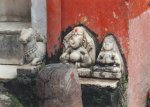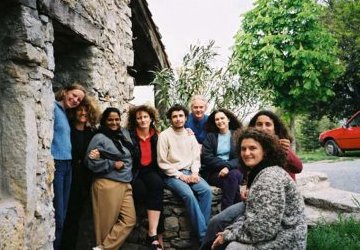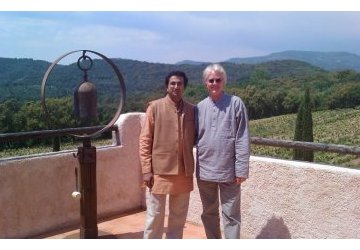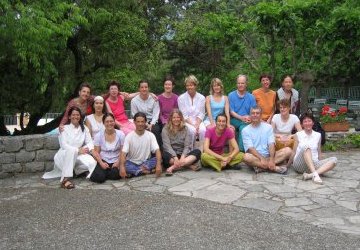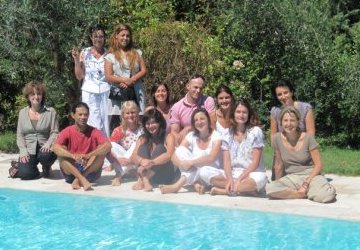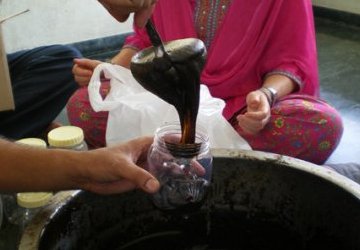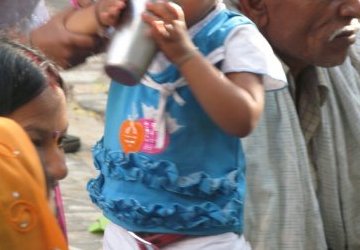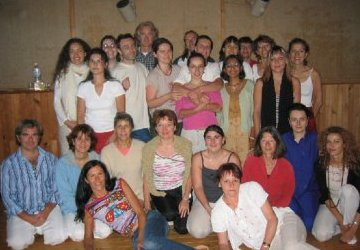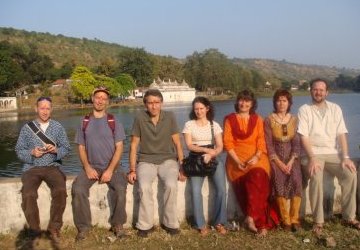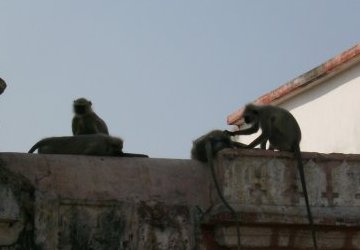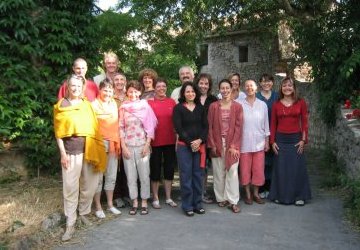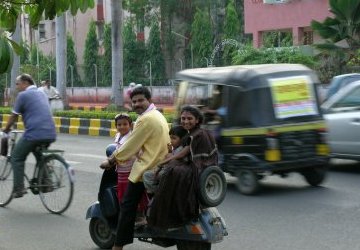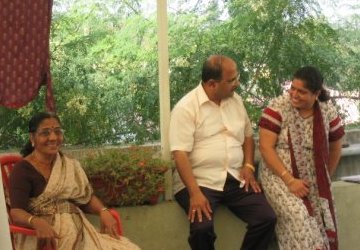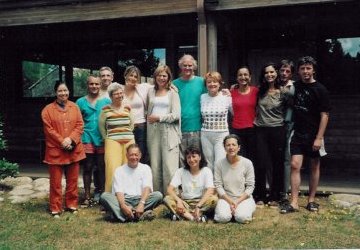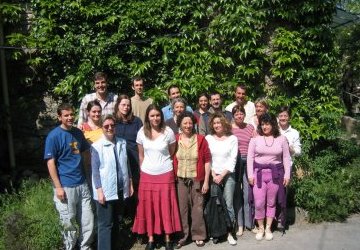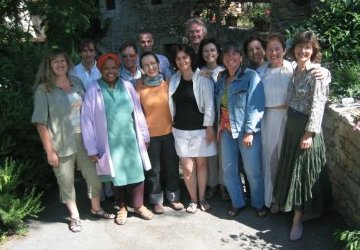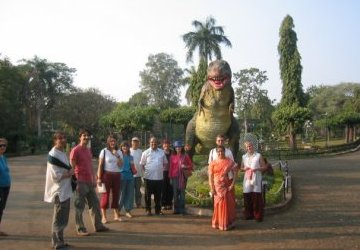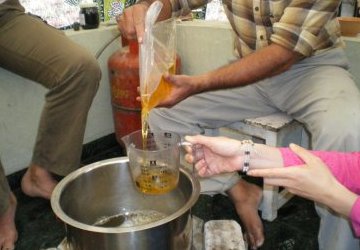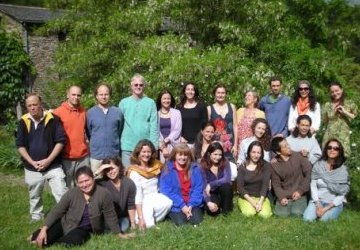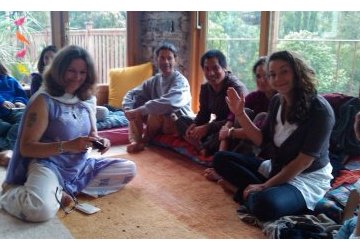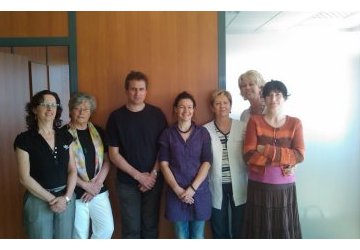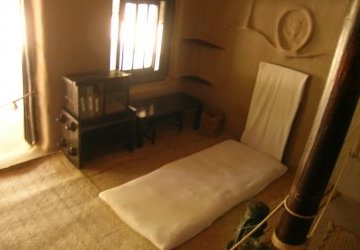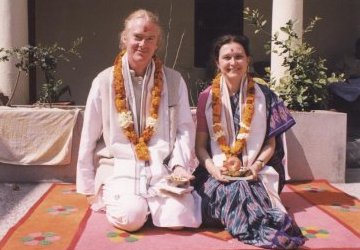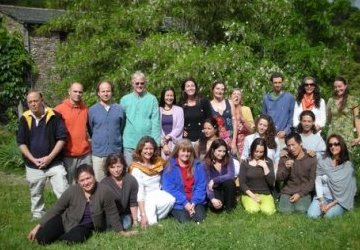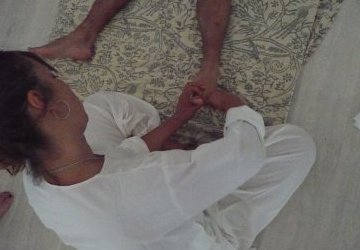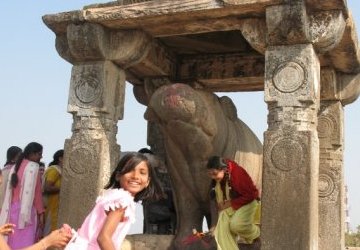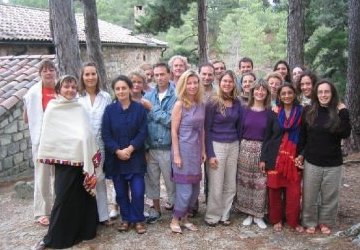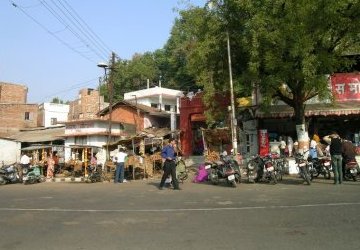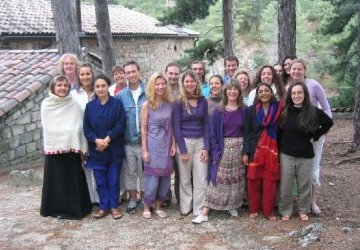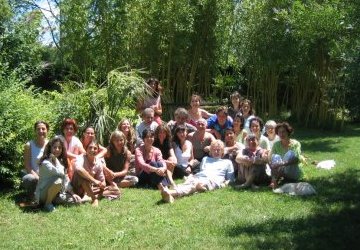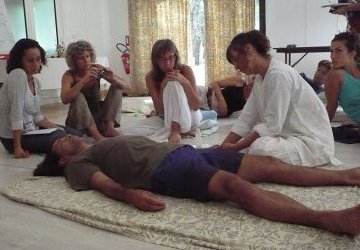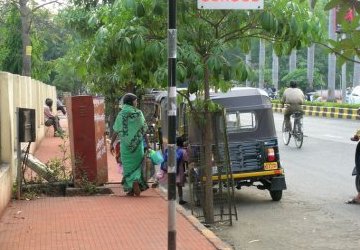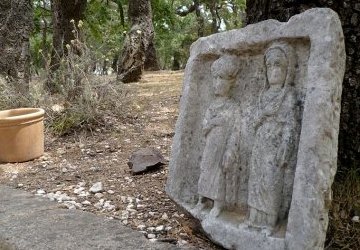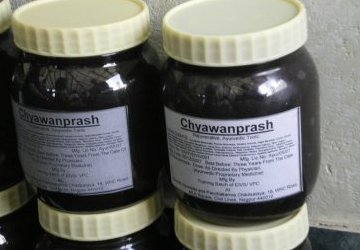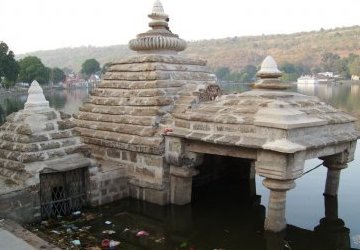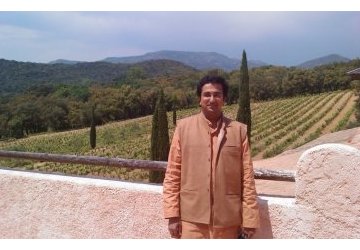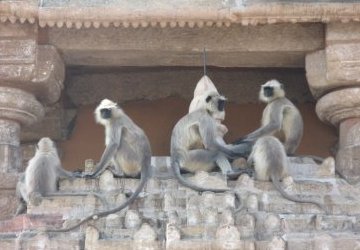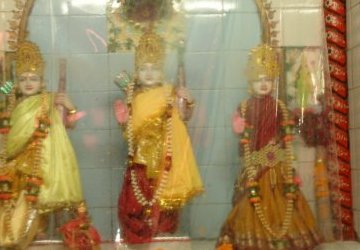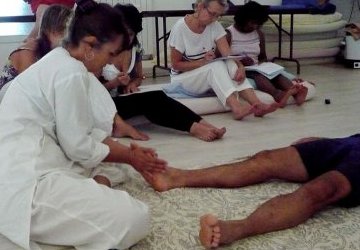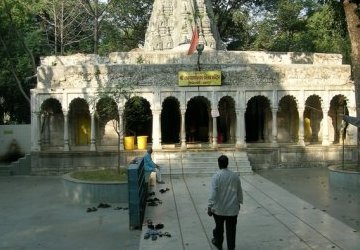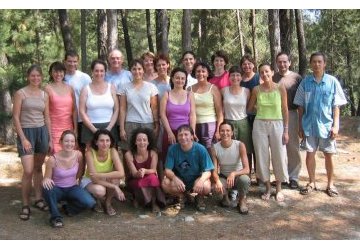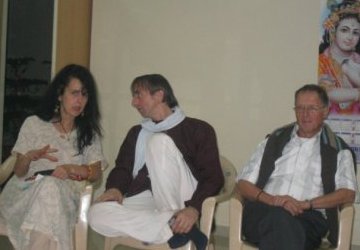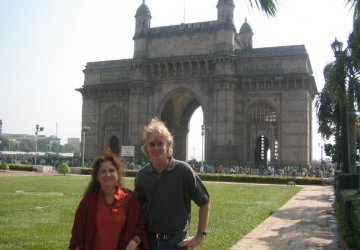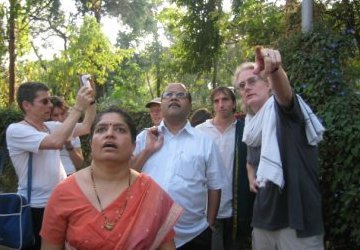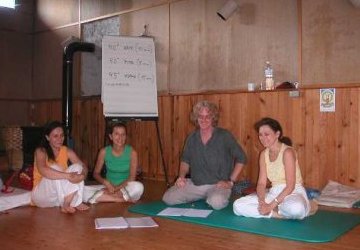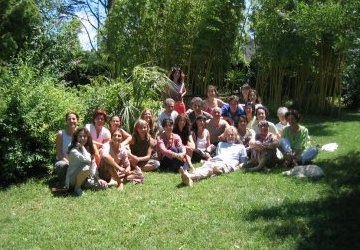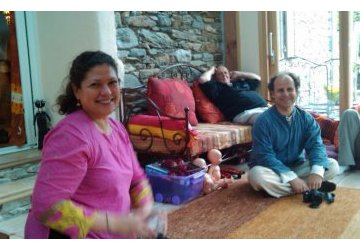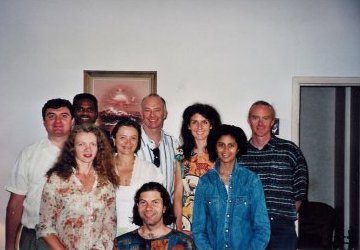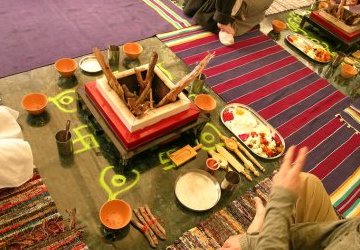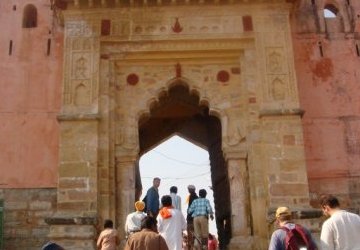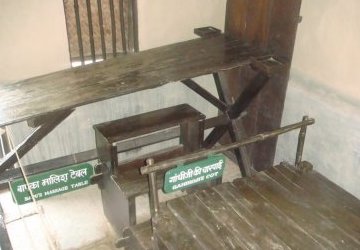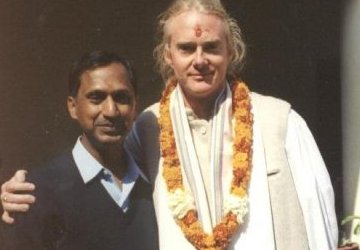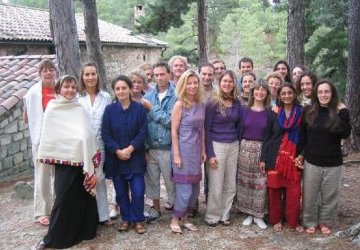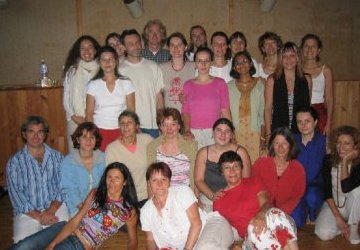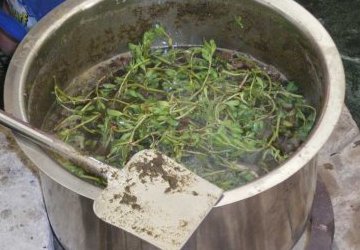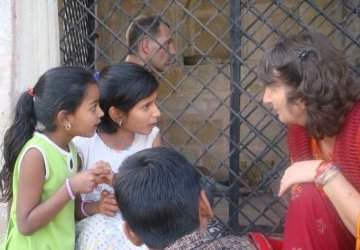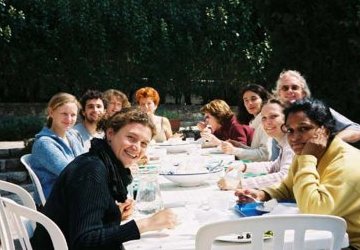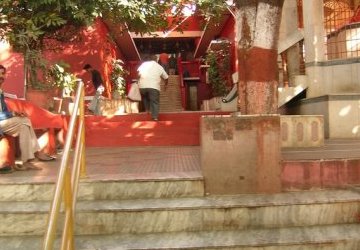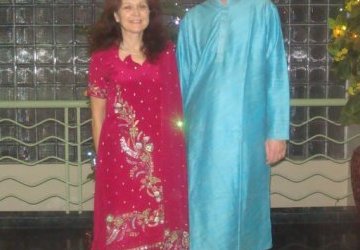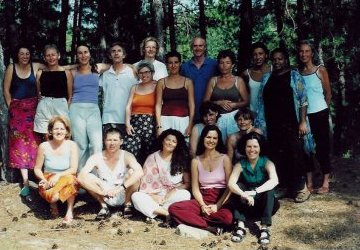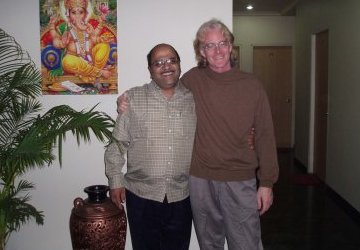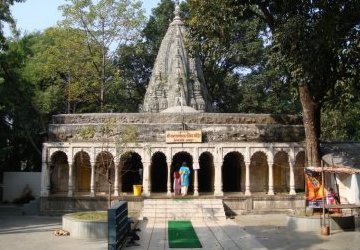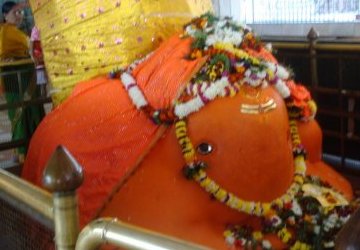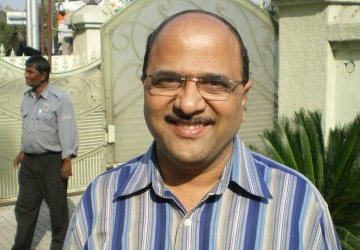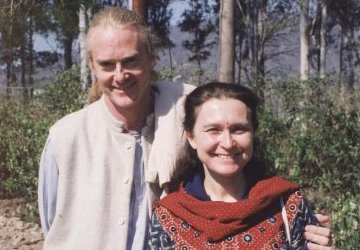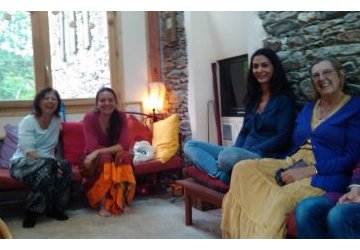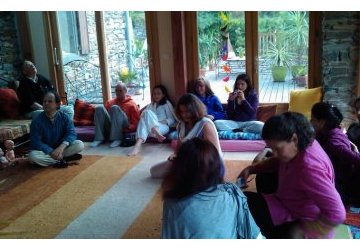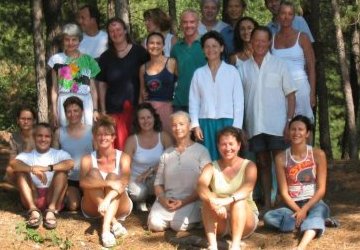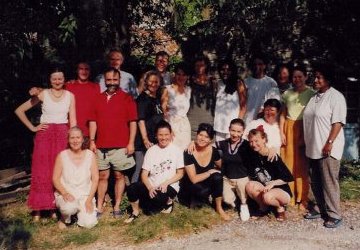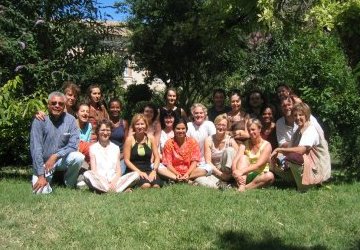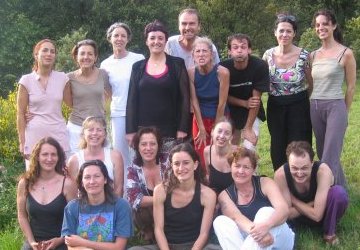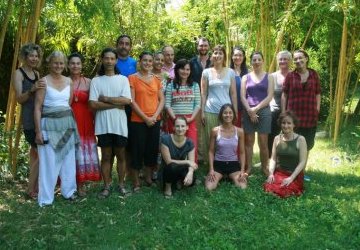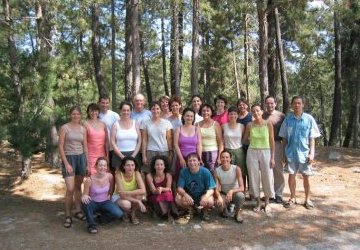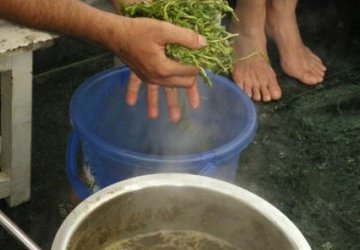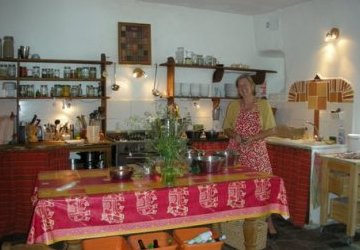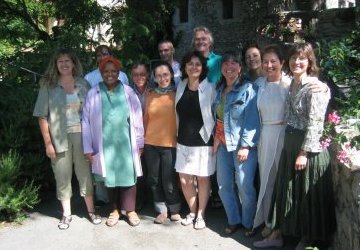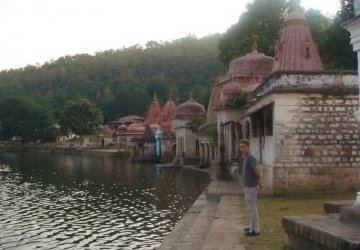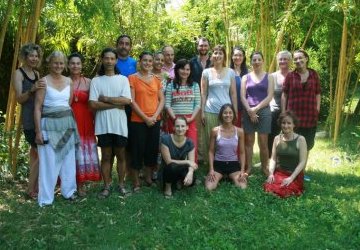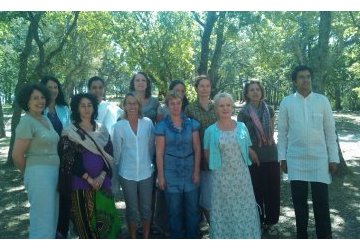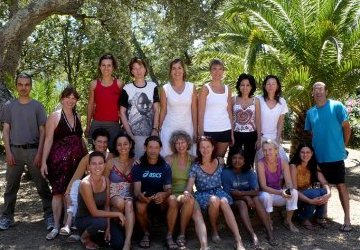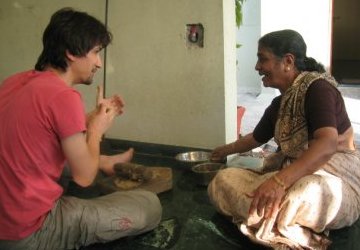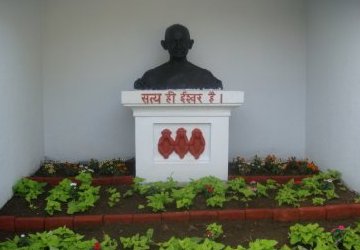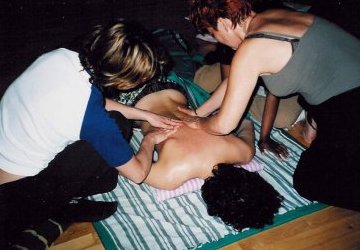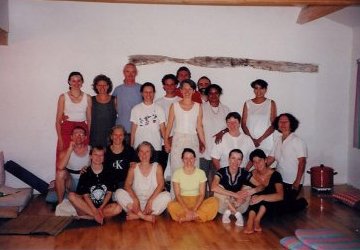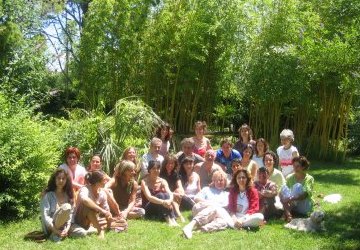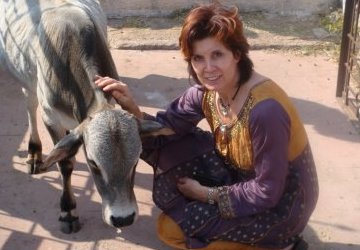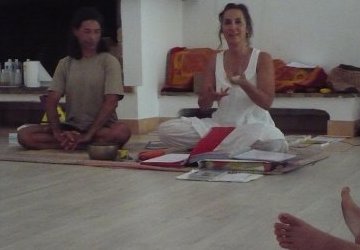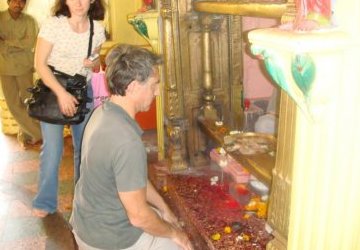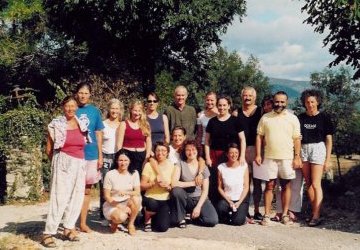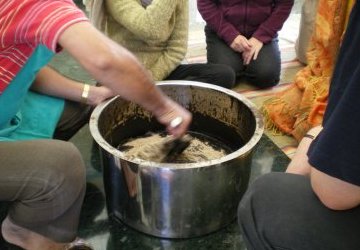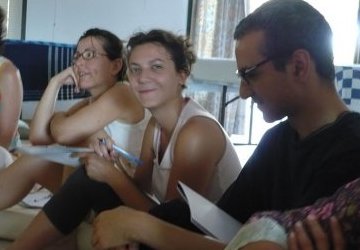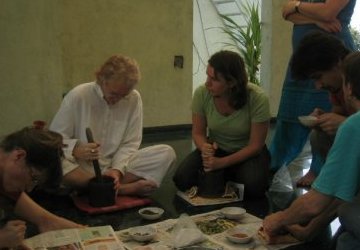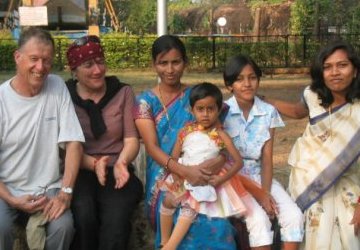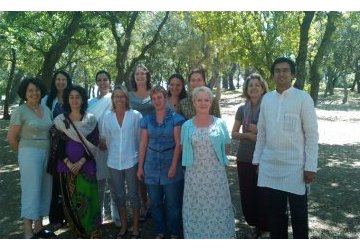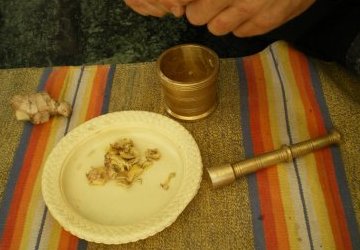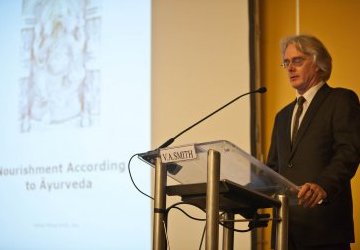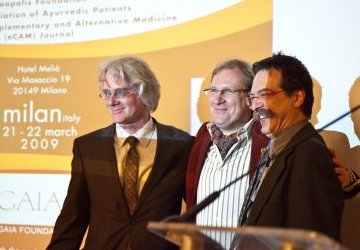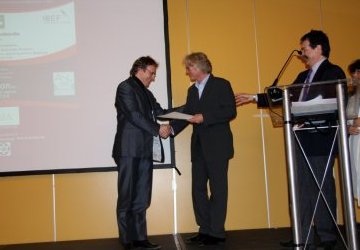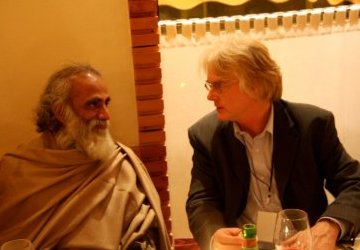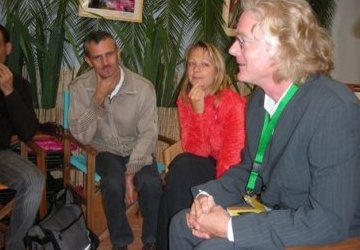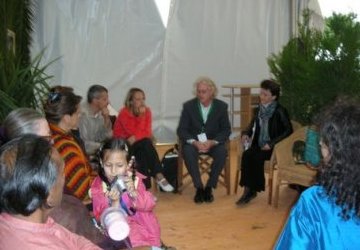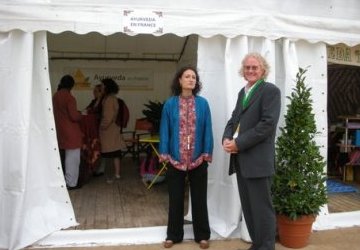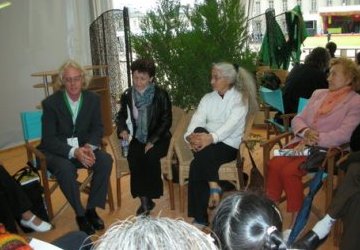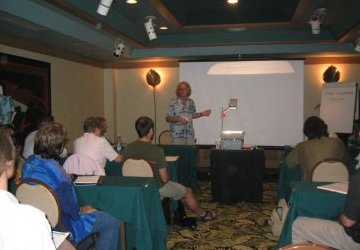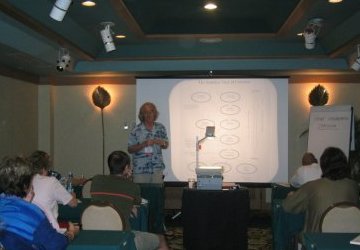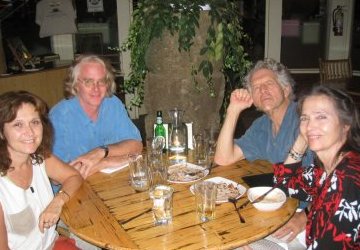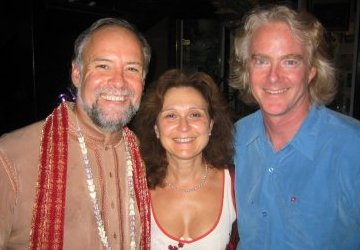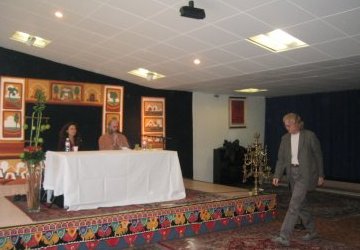Newsletter 24 June 2014
Namaskar !
Many of you have expressed interest over the years about learning Dravyaguna, or herbal medicine according to Ayurveda. Beginning in September I will be teaching this subject on-line by using the Adobe Connect platform that I use for the Part One basic studies.
This is not a course where I just repeat what is written in my textbooks or other peoples books. This is where I share 27 years of clinical experience of working with patients and how to choose the right herbs for them. It is not an easy course; it will require work and commitment from you to really benefit from it.
The way I teach herbal is by disorders. In other words there is a disorder – for example uterine fibroids – and we look at the different causes (pathology) and then we look at herbal options on how to treat this disorder. In other words I am training you as much in clinical methodology as herbal medicine. The way I have taught this over the last ten years is to start with birth and end with death; first subject pregnancy, new born babies, children from 5 to 12 years old, children from 12 to 16, adult women from 16 to 55, adult men from 16 to 55, and then the stage of wisdom – 55 to 120 years old – our lifespan according to Ayurveda.
One reason I teach like this is to avoid the symptomatic use of herbs. Most of us are deeply conditioned to use herbs according to disease’s or symptoms rather than to treat the person and the dosha that is causing the disorder.
Another reason why I teach like this is that many disorders are either age or gender dependent. As we work through the cycles of human life we can cover many disorders that are common, and by doing so we become familiar with the herbs to treat these disorders. One of the most important aspects of choosing the right herbs is to have done a correct diagnosis – this means understanding the dosha that is provoking the disorder. Obviously this will be reviewed for each disorder.
I know this kind of course is a large investment for many of you, so I have recorded two different lessons for you to learn from and feel how I teach. The first one is taking a common disorder, cystitis, and looking at different causes (dosha) and how we can use herbs to treat it. The other lesson is on one of my favorite herbs, Vitex agnus castus. I will use both of these methods of teaching on-line during the Dravyaguna course. If you look at the bottom of this page you will find the links to the free lessons – be a bit patient as Adobe Connect takes a minute to download.
Enjoy these lessons! If you want to register for this course click here!
You may also be aware that I have spent the last 9 months rewriting all of my teaching material and have published the first lessons in this book – Ayurvedic Medicine for Westerners: Anatomy and Physiology in Ayurveda. I have done a major re-write on many parts of these lessons. For those of you who have studied with me it may be interesting to have your lessons (corrected) and in a book form.
The second and third volumes will be published this summer. The last volume on Dravyaguna was re-released at the end of 2013 with color photos of the herbs – hence the price is a bit high due to the color printing and better paper quality. This book can be seen here.
Lastly, if you have wondered about the relations of Samkhya Darshana to Ayurveda, Yoga and Jyotish this book may interest you - it is also in Kindle format, click here for the e-book.
I wish you a great summer holidays!
Vaidya Atreya Smith
Copyright © 2014 EIVS GmbH

